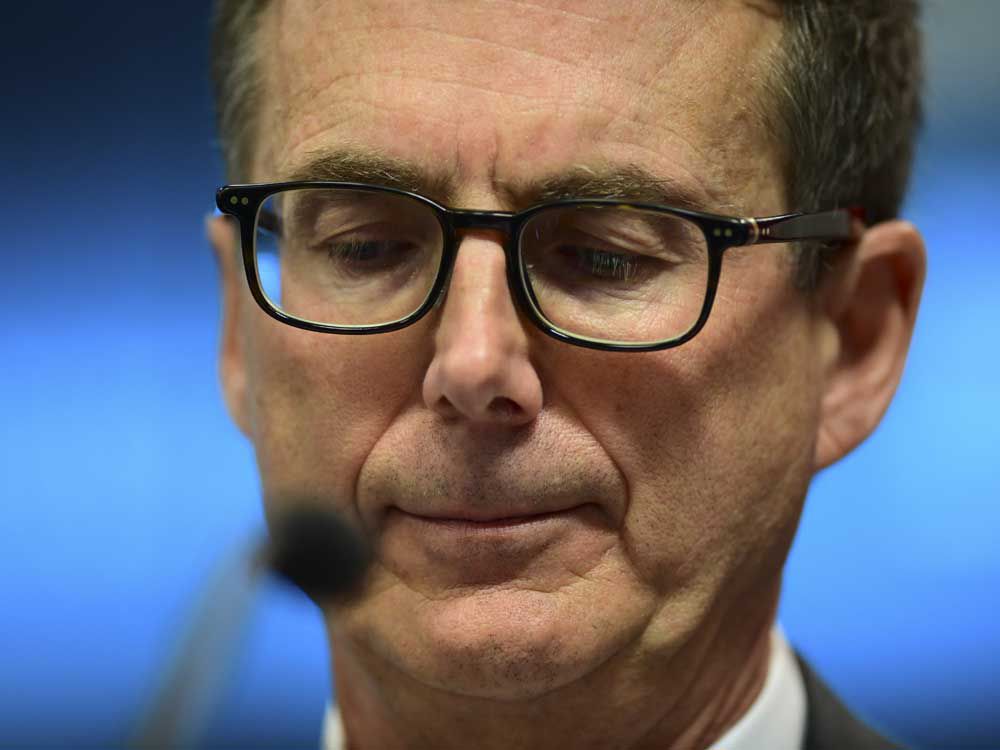Article content continued
Overall, the Bank of Canada predicts growth of four per cent in 2021, compared with a previous estimate of 4.2 per cent, 4.8 per cent in 2022 and 2.5 per cent in 2023.
“We’re moving in the wrong direction right now,” Macklem said. “We’re starting off in a deeper hole. We’ve got to climb back out of that.”
The shift in circumstances highlights the fragility of the recovery from one of the most epic recessions in history. Canada’s ability to generate wealth will be determined by the public health system’s ability to keep up with the coronavirus. There’s enough money in the system to power growth, but businesses and households won’t spend it freely until the disease is brought under control.
“That is what will determine everything,” said Darcy Briggs, a Calgary-based portfolio manager at Franklin Templeton Canada.
Macklem reiterated that he intends to leave the benchmark interest rate at 0.25 per cent until some point in 2023, and that the central bank would continue to create roughly $4 billion per week to purchase Government of Canada bonds, an approach to monetary policy that puts downward pressure on borrowing costs by augmenting private-sector demand for bonds.
Extraordinary stimulus remains essential, in part, because Canada’s economy has run into additional headwinds. The immediate future of the oil industry is clouded by mediocre prices, uncertain demand and TC Energy Corp.’s decision to stop building the Keystone XL pipeline in the face of political opposition in the United States. The dollar’s appreciation has become so problematic that the Bank of Canada felt compelled to flag it as a key risk to its inflation outlook, something it hasn’t done so explicitly since 2011.
Source link





